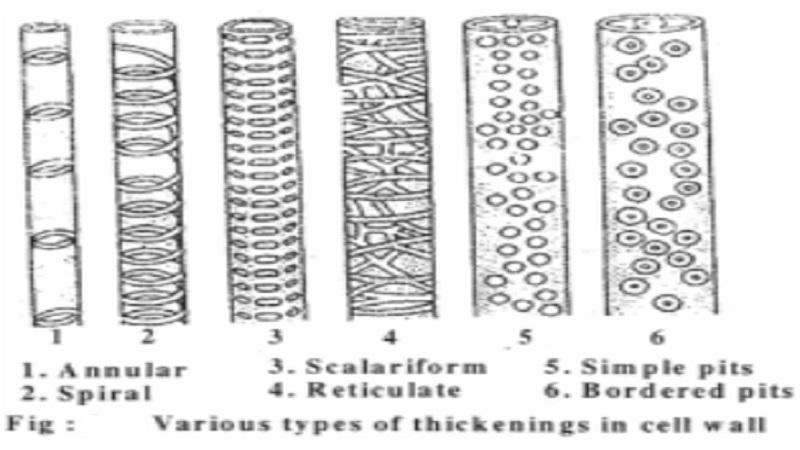Chapter: 11th 12th standard bio Biotany Plant Tree higher secondary school
Formation of the cell wall

Cell Wall
The cells of all plants, bacteria and fungi have a rigid, protective
covering outside the plasma membrane called cell wall. The presence of cell wall in plant cells distinguishes
them from animal cells. Among the vascular plants only certain cells connected
with the reproductive processes, are naked, all other cells have walls. The
cell wall was first observed by Hooke
in the year 1865 in cork cells. Originally it was thought that the cell wall
was a non-living secretion of the protoplasm, but now it is known to be
metabolically active and is capable of growth and at least during its growth,
contains protoplasmic material.
Formation of the cell wall
During the telophasic stage of mitosis, the phragmoplast widens and becomes barrel shaped. At the same time, on
the equatorial plane the cell plate i.e the first evident partition between the
daughter protoplasts, begins to form inside the phragmoplast. In the area where
the cell plate forms, the fibres of the phragmoplast become indistinct and are
restricted to the circumference of the cell plate. When the cell plate is
completely formed the phargmoplast disappears completely. At this stage thin
lamellae are laid down by the daughter protoplasts on both the sides of the cell
plate. The cell plate gradually undergoes changes to form the intercellular
substances referred to as the middle
lamella.
Related Topics